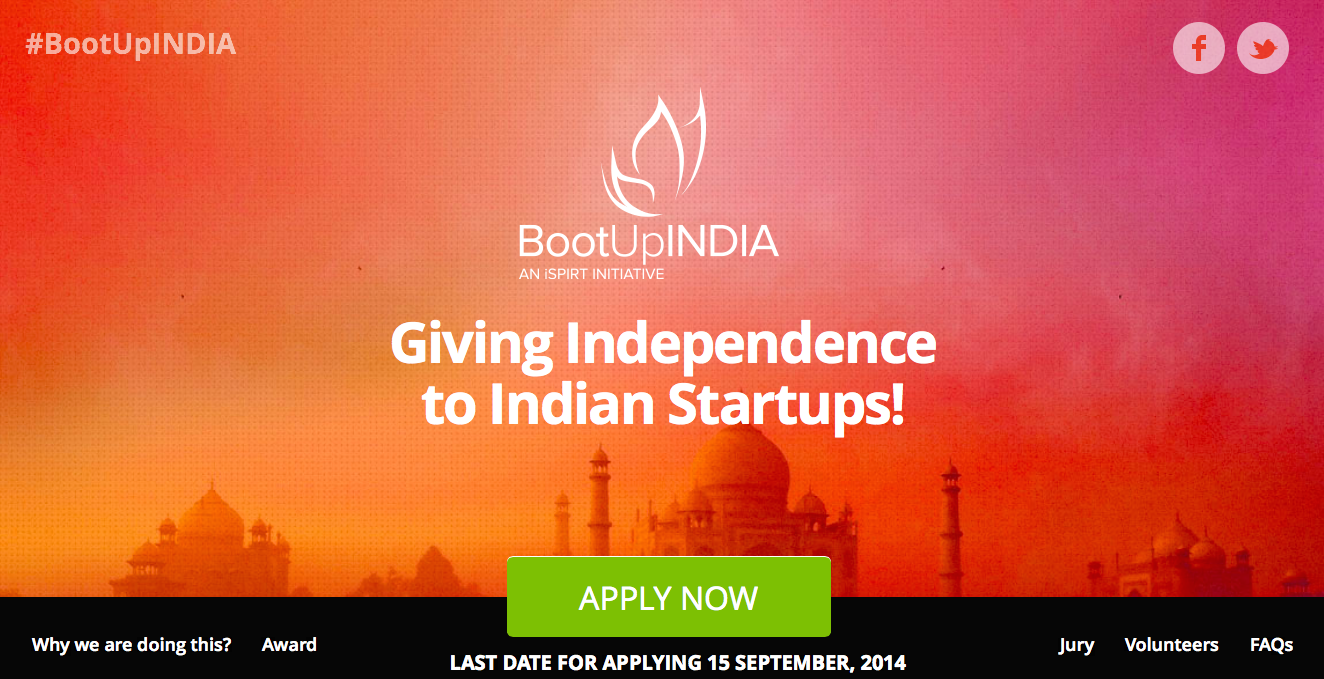 Inquirly is an integrated Voice of Customer Digital platform, designed exclusively to help Indian SMEs listen to their customers, engage with them, act on specific requests, all of these, using a single integrated platform. Product Nation interviewed Anjan Choudhary, founder of Inquirly to understand about the start-up, its products and experiences working with Indian SME customers. Read on…
Inquirly is an integrated Voice of Customer Digital platform, designed exclusively to help Indian SMEs listen to their customers, engage with them, act on specific requests, all of these, using a single integrated platform. Product Nation interviewed Anjan Choudhary, founder of Inquirly to understand about the start-up, its products and experiences working with Indian SME customers. Read on…
Tell us about the circumstances which led to creation of Inquirly
Inquirly came into existence formally about a year ago. However, the thought process behind it started some time during 2012 – when I was working at Accenture. Inquirly was born primarily due to the culmination of my prior experience as an entrepreneur in the manufacturing sector, and later as an IT professional working in an MNC.
While at work for Accenture, in the US, I noticed that digital technologies were disrupting the economy in many different facets – bringing about new ways to perform marketing and sales activities, financial transactions etc for an enterprise. Immediately, it stuck to me that I could leverage these technological advances, and put it to use to serve the sales and marketing needs of many SMBs in developing markets. This led me to start small experiments to validate my thoughts and concepts. After a few iterations, and early customer validation, I quit my job to start Inquirly.
What is unique about your product – and how do you think it differentiates itself in the marketplace?
Inquirly is an Integrated Voice of the Customer Digital platform that enables companies to move beyond the limitations of traditional marketing, Sales, and customer service. Inquirly offers a holistic platform to listen to the customer, engage with the customer and act on real time and continuous actionable data thereby enabling businesses to get precise insights leading to proactive business decisions that result in greater efficiency, enhanced customer satisfaction & engagement and ultimately propelling continuous business growth.
For example, a restaurant owner, can monitor all online review comments from one screen with sentiment and Intent analytics, influence scores, by using this platform she can also understand the prospective customer preferences of dining, identify and target the prospective customers more effectively by offering discounts and other incentives, review whether these promotions worked effectively or not, and most importantly, get actionable feedback from customers – all of these in real time. Most of these could not have been done on a single platform earlier – and at affordable price points. This is how Inquirly differentiates itself from other point based solution providers.
Describe your experiences from the field during your first six months. What were the key learnings you obtained from these initial days of operation?
 We have had both good and bad experiences as we started to work full time on this product. The good part is that we have been continuously getting positive feedback on the features and utility of our product from our customers. Early adopters have given us constructive feedback on how things can be improved further – and we have been at it.
We have had both good and bad experiences as we started to work full time on this product. The good part is that we have been continuously getting positive feedback on the features and utility of our product from our customers. Early adopters have given us constructive feedback on how things can be improved further – and we have been at it.
On the other end, one of the key things we misread during the early days was our assumption about the Indian market opportunity. During the controlled launch period, we learnt that the market penetration was not going to be at the pace we had initially assumed, and so, we had to rework on those projections a bit. We also learnt that India is not a Do It Yourself (DIY) market and so we had to start our services arm much early than we anticipated. Another important one was that recurring payments in SaaS based platform is not possible as per the Government guidelines and the market is not ready to make yearly/quarterly payments in advance.
As a result of the above experiences, we have learnt that we need to remain agile, identify the right ‘Market’/ buyer persona and target the same with perseverance, and to invest in inbound marketing while building the product.
How has internal operations at Inquirly evolved based on the above market place realities that you narrated?
Clearly, the learning we have had from the field has impacted our internal organization. On the sales front, due to our experiments in our early months, we now have a good understanding of the sweet spot for our product and also on its applicability in different domains. We now have been converging on this set, and have built up case studies and business scenarios, which is helping the sales team to close more deals.
Having a very strong, balanced development team is always one of the key assets to a start-up. We have ensured that our development team is staffed with the right mix of experienced folks and young talent – so that we are able to iterate on new features within weeks and release the updates to the market. On the financials front, we have been bootstrapped all this while, we are on target to break even by March 2015, post which, we expect to get more financial leverage to expand our business to other cities in India in the short-term. In the long-term, we do plan to go international.
Thank you for your insights! In closing, can I ask you to share three things that you deem as priority for product entrepreneurs targeting the Indian customers?
Sure. First and foremost, make sure that you converge on the target market which has the most burning need to use your product. This may take few iterations in the early days, but be at it and ensure that you have greater clarity on the sub-set of customer segment that you want to target to begin with. Second, ensure that you simplify user experience dramatically. The adoption rate of Indian customers, in my opinion, is directly dependent on how easily they can use your product. Last, perseverance is required when working with emerging market – since, given the nature of the market, and the background of customers, you need to continuously work with them to reassure the value that they will obtain, by using your product. This will mean that your sales cycle will be longer. Hence, plan for it in advance and execute accordingly. Good luck!


 Off-late, I have been seeing many articles on “
Off-late, I have been seeing many articles on “ Before I share the 8 selected companies, I want to tell the applicants that didn’t make to the Inner Circle this time that there will be more opportunities to get included in the coming year(s). BootUpINDIA is an ongoing program that will expand the Inner Circle over time. We are also organizing a Bootstrap Summit for the applicants and will be profiling all the applications on the on the
Before I share the 8 selected companies, I want to tell the applicants that didn’t make to the Inner Circle this time that there will be more opportunities to get included in the coming year(s). BootUpINDIA is an ongoing program that will expand the Inner Circle over time. We are also organizing a Bootstrap Summit for the applicants and will be profiling all the applications on the on the 